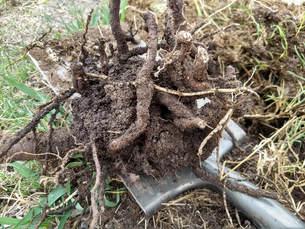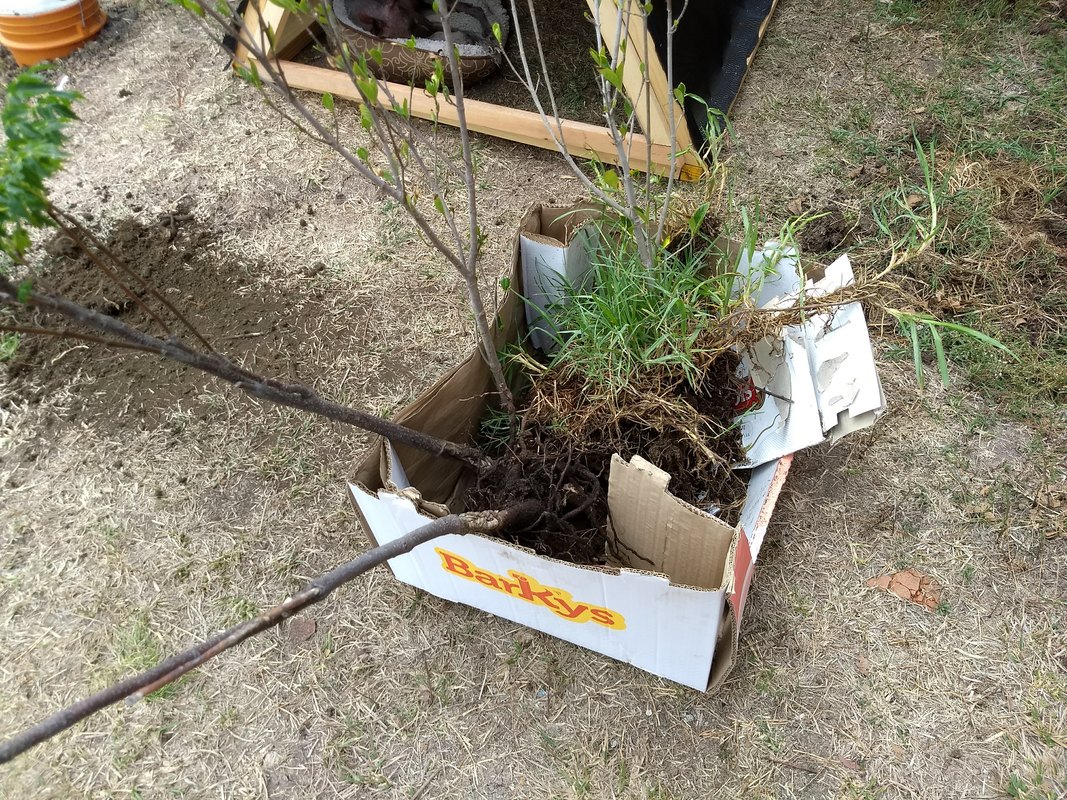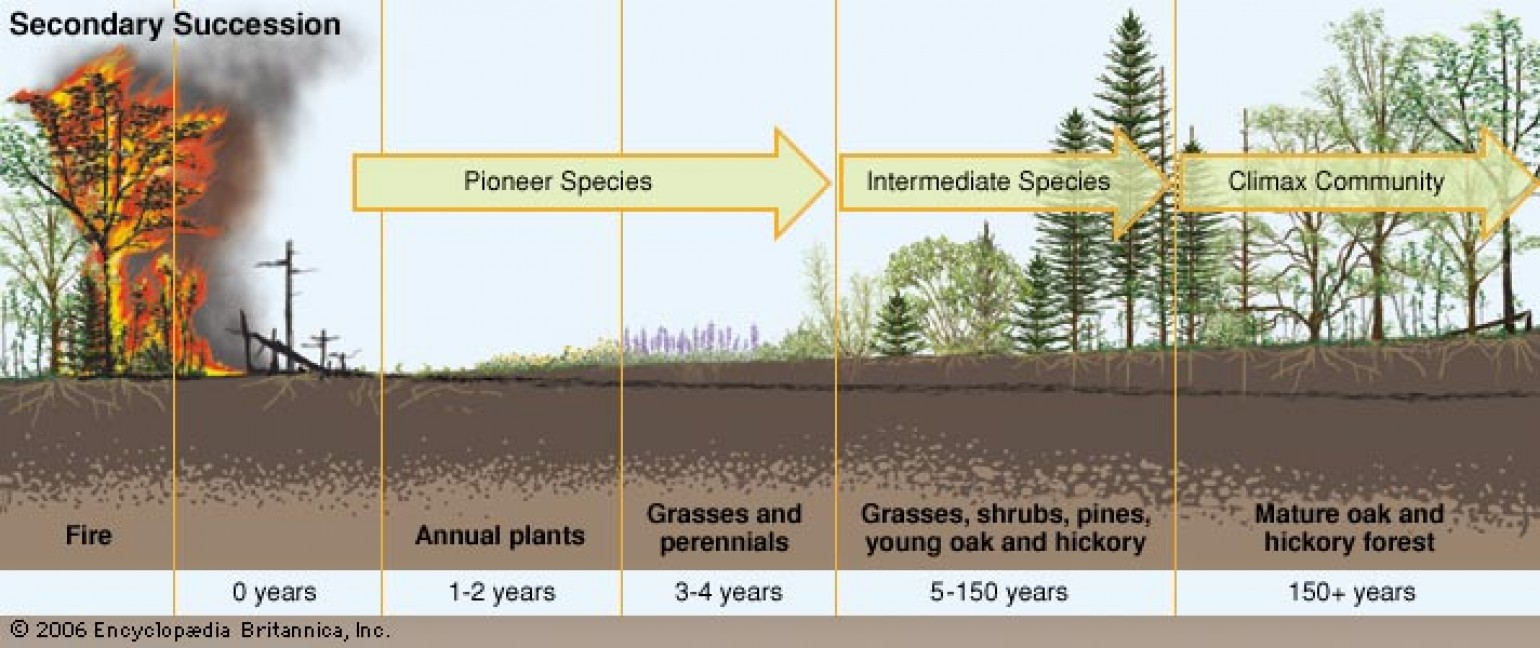
Root bound
I’ve been moving trees. Trees that are failing to thrive, and a few that look alright but they’re living in ground that will soon be covered in concrete.
There are plenty of reasons trees might fail to thrive here: long dry season, masses of clay, thick limestone/caliche (we dug through two solid feet of it then couldn’t get any deeper with our tools), unfriendly pH, etc.
Many of the trees I’ve dug up are root bound - their roots are growing in tight circles rather than out. Usually this happens when a tree is in a container too long, and its roots are bound by it. But it also happens when a tree is planted with a parcel of soil into an unfriendly location, and the roots just grow around and around within that bit of soil that it came with.
We’ll be watching this dozen-ish trees (along with the rest on the land) and some may need to move again, or at least move into larger holes that have a larger amended environment. I’ve added aged cow manure, but haven’t done anything to change pH, e.g.
What a natural response, to keep growing and growing in ways and places that are comfortable. How do you do that?

This land was farmed for corn, year after year. Unhealthy in any climate or region, this took a toll on this terreno, contributing to erosion and general low vitality. Some plots in our neighborhood have houses, some are empty fields left to succession plants and grazing. Lots of thorn bushes.

When we gaze out of the neighborhood we see trees, and that’s what this terreno will be, too, some day.
3 Comments:
June 28, 2018
That is so interesting about the roots just growing round and round in their familiar soil!
June 28, 2018
When I first moved to San Antonio, tree donators included instruction to dig a hole 2-3 times wider than rootball and amend the soil to fill the hole. The watering instructions were to drill holes on a 5 gal bucket and use it to water 3-2-1. 3 times weekly the first month, 2 times weekly the second month and once weekly the third month. Thereafter the hope was to only water monthly that first year. THEN new instructions came a few years later. Dig a hole just a bit larger than the size of the rootball. BUT water with the 5gal drip. Just outside that ball. So the roots learn to adjust to their native clay or caliche soil from the start. When the poor soil has deep watering, it softens enough for the roots to go out and down. And the survive longer. It might be the same there. In El Salvador, where there is a 6th month rainy time and 6 mos dry, we were instructed to water a full year at least once monthly, deeply. Might there be enough grey water for that on your parcel?
June 28, 2018
Thanks Yvonne - that’s new advice, to dig such a tight hole. We’ll definitely look into it! These trees have been watered about 2/month during the dry season (about 3/4 of the year) at least in theory. All of them - the young and the “old.” As in, all that Stan planted, not the two that were here before and are 20+ years old. They’re doing alright on their own!